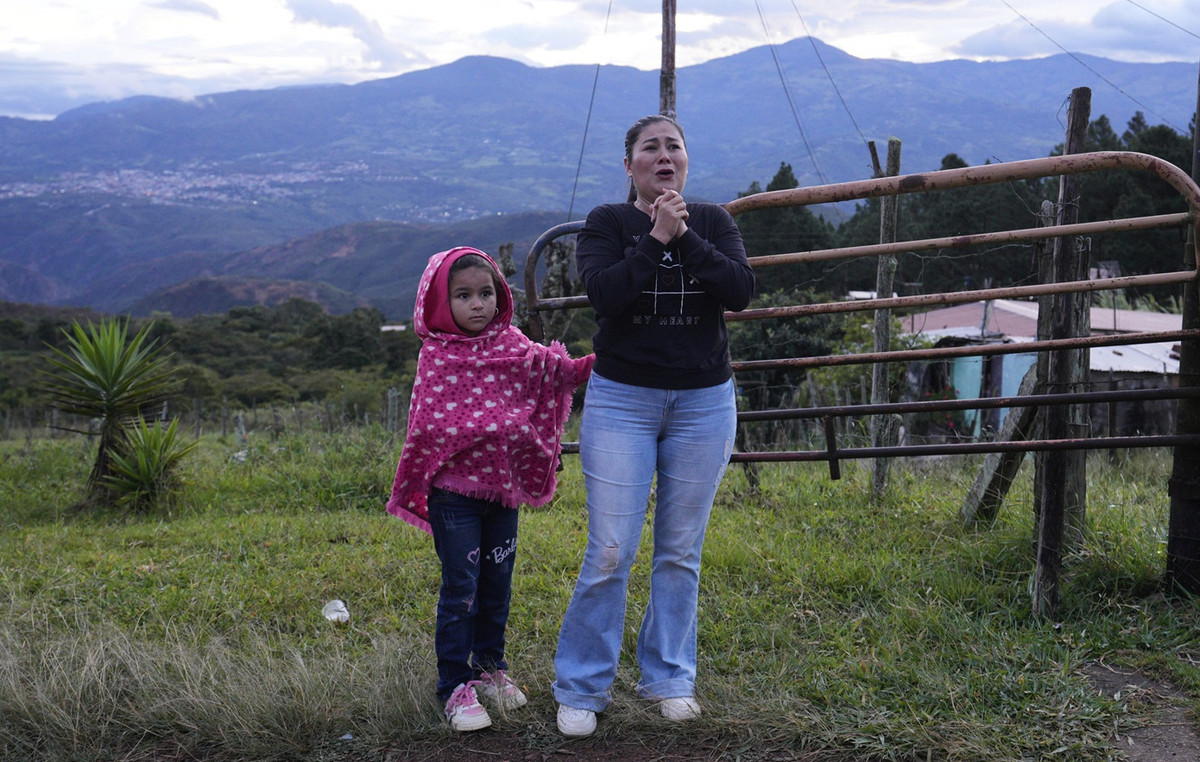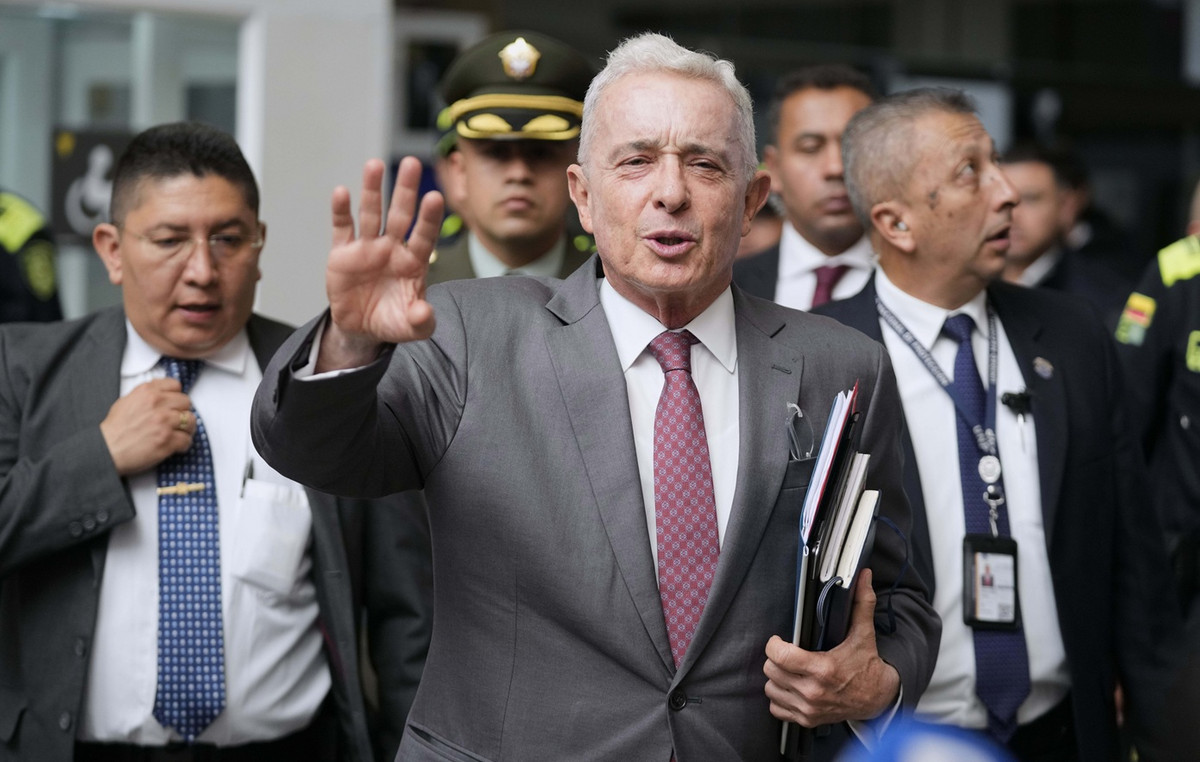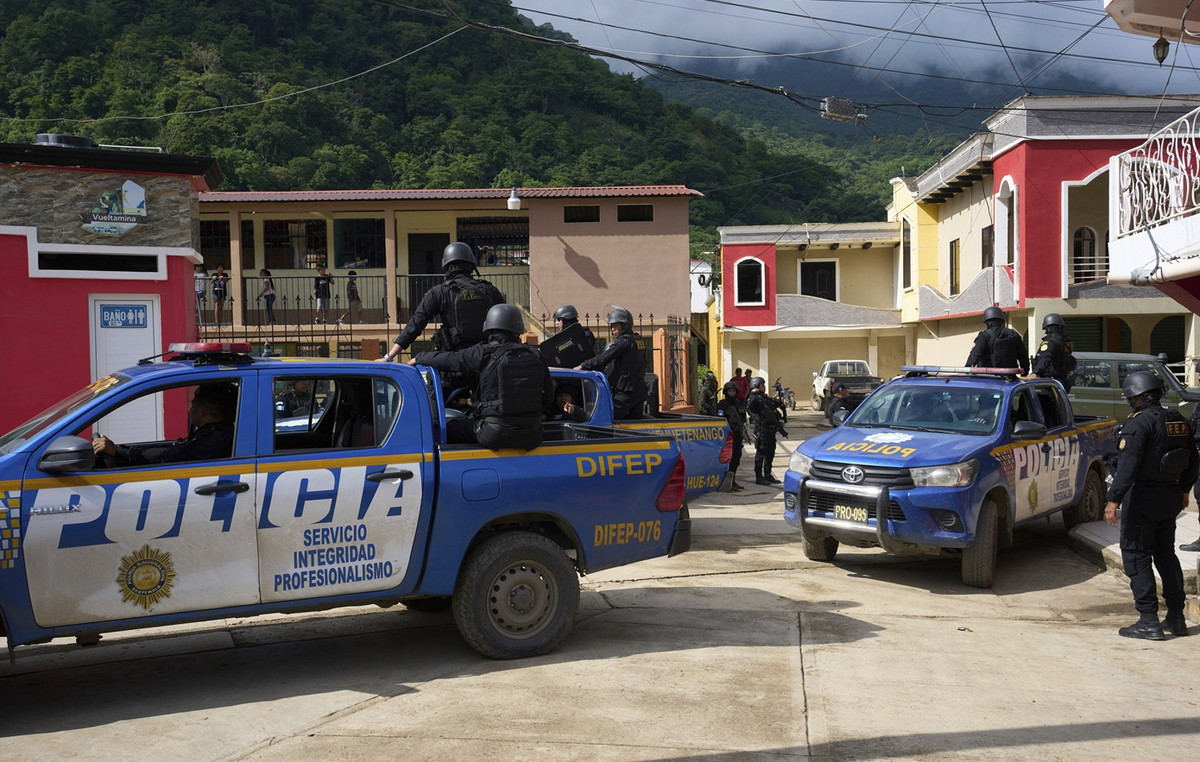The 26th United Nations Conference on Climate Change (COP26) is officially scheduled to end this Friday (12), when a text covering the agreements reached by the participating countries is expected.
However, the expectation of experts heard by the CNN is that there is an extension of the debates to trim the last edges of themes still under debate, such as the fund of developed countries to help developing nations to reduce emissions, in addition to the presentation of the general lines of a global carbon market.
A CNN also sought, for comments on the conclusion of COP26, the federal government summit that heads Brazil’s talks in Glasgow, but did not receive feedback until the end of this report.
In the calendar of the United Nations Framework Convention on Climate Change (UNFCCC), only the final plenary of the summit and parallel debates between members of civil society who attended the conference are scheduled for today. According to people present at the COP in Glasgow, Scotland, the mood of the runners is already farewell.
On the other hand, several “closed-door” meetings take place between the negotiators of the existing groups at the conference – who debate separately and then send their texts to the COP26 board of directors.
At this moment, the representatives of the countries point out possible inconsistencies, expressions and terms that may upset the respective national interests and what are their requirements in order to reach the desired consensus. Under COP rules, all countries must agree on the final version.
“This is a turning point. Some thematic work groups have already been concluded and have submitted their texts to the secretariat, and others have not yet”, explains Márcio Astrini, executive director of the Climate Observatory, who is monitoring the final moment of the COP.
“There is the production of a ‘draft [rascunho] final’, with all the issues and what the countries agree to put there as an understanding. Still, there are countries that will disagree with what was posted. They put the options raised in the text in square brackets”, he says.
“The texts show what is discussed, negotiated and what can or cannot be understood, while the number of square brackets they have demonstrates how close the matter is or not to being finalized”, he points out.
Carlos Rittl, senior environmental policy expert at Norway’s Rainforest Foundation, believes COP26 can be stretched into early morning or Saturday morning. This would not be the first time this has happened, he recalls, and this situation was expected for a meeting that was the first face-to-face meeting of nations on climate decisions after nearly two years of the Covid-19 pandemic.
“I find it very difficult for the COP to end this Friday. Some COPs were extended into the night and early morning from Friday to Saturday, but as the issues are big and with repercussions for a long time, this COP could extend for another day”, said Rittl.
Disagreements
Despite the points still open, the COP26 presidency published a preliminary version of the summit’s final work on Wednesday (10). Among the highlights is the recognition that the world should aim to limit global warming to 1.5ºC.
If accepted by all participants, the text would be the first strong acknowledgment that 1.5ºC is the limit the world should aim for, which will require more ambitious goals from nations. This is because, in 2015, the Paris Agreement established that countries would seek to limit warming to 2ºC, with the mention that it would be “preferable” if the target were 1.5ºC.
But some countries still raise doubts about the discussion. Bolivia, for example, spoke against the COP26 presidency’s attempt to “change the Paris Agreement”. For the representative of the Latin country, forcing all countries to achieve goals such as zero carbon emissions by 2050 would be to ignore “common, but differentiated responsibilities”.
This vision is reflected in another of the points that are still tangled up in the negotiation rooms: climate finance coming from rich countries. For over 10 years, there has been talk of a $100 billion fund to make resources available to poor and developing nations to help implement technologies that reduce carbon emissions into the atmosphere.
The Brazilian Minister of the Environment, Joaquim Leite, he broached the topic in a speech given in Glasgow on Wednesday.
According to him, more ambitious volumes than US$ 100 billion are needed, in addition to easy access and agile execution, so that the transformation can take place in an inclusive way in each territory around the world.
Leite argued that it is not possible for countries to continue “delaying even further a commitment made in 2015 and so far not fully carried out”, he said.
In addition, there are also expectations for what should consolidate understandings on Article 6 of the Paris Agreement, which deals with the carbon market.
This article establishes that countries can create mechanisms to “negotiate” carbon emissions and, in this way, collaborate so that everyone reaches their goals. Thus, nations that emit more pollutants because they have an energy base of thermoelectric power plants, for example, could pay “credits” to another nation so that the resource is invested in the preservation of forests, which are great captures of carbon in the atmosphere.
According to Carlos Rittl, the main points to be discussed are the so-called “market mechanisms”, which should establish rules so that the same carbon “sequestered” from the atmosphere is not counted in the goals of the two countries that negotiate it. Furthermore, it must be determined what will be done with carbon credits traded before the Paris Agreement.
Some countries had the intention of making carbon offset in the past count among the most recent efforts of gas emissions, but Márcio Astrini affirms that the agenda, at this moment, must be freed from these old requirements – even made by Brazil.
Second sources heard by CNN, the mood in the Brazilian delegation is one of optimism regarding the approval of Article 6, which regulates the carbon market, but not in relation to other articles related to transparency, accounting for goals and financing for adaptation and mitigation.
The discussion now would only be directed towards the transition of methodologies from the Kyoto Protocol to the Paris Agreement. And Brazil is open to negotiations considering making concessions for the approval of the text on carbon credits.
COP26 victories and failures so far
Since October 31, COP26 has managed to articulate some new agreements or commitments seen as promising by the international community. Others, in turn, did not move towards the necessary consensus. Remember the main ones:
USA and China
The latest positive move was a “surprise” agreement between China and the United States, the world’s two biggest polluters, unveiled on Wednesday (10).
It included the intention of both countries to submit new Nationally Determined Contributions (NDCs) in 2025, to collaborate openly in reducing the emission of methane into the atmosphere, and to jointly consider that the decade ending in 2030 is the time for action on issues involving climate change.
In past COPs, the relationship between the Chinese and the Americans over who should “foot the bill” for carbon emissions has led to delays in setting ambitions at the global level.
Carros net-zero
Also on Wednesday, the UK COP26 presidency wanted governments, manufacturers and investors to pledge “to work to zero-emission all new car and van sales worldwide by 2040, and no later than 2035 in major markets”.
However, this move was frustrated from having complete success. Germany, China, Japan, South Korea and the United States did not sign the declaration. Toyota, Volkswagen, BMW and Nissan also abstained.
Companies like Ford and General Motors agreed, as did Jaguar Land Rover, Mercedes-Benz and Volvo. Among the countries, states and cities that applied were the United Kingdom, Canada, Poland, Kenya, India, Australia’s Capital Territory, Catalonia, Atlanta, San Diego, New York, San Francisco and Seoul.
Coal Agreement
At least 77 countries agreed to end funding for fossil fuel projects abroad in an agreement announced on the 4th day of COP26.
The nations were already debating ending international financing for coal, but the agreement was the first of its kind to also include oil and gas projects.
Although China, India and the US are the biggest emitters of coal in the world, the three countries have not joined the alliance. In a parallel move, the US, UK, France, Germany and the European Union have announced that they will help finance South Africa’s transition away from coal.
Union to reduce methane emissions
One hundred and three nations signed a global pledge to reduce methane emissions by 30% by 2030, a result announced on day 2 of COP26. Brazil is one of the signatories of the resolution.
(almost) green steel
In the opening days of the COP it was also announced that more than 40 countries, including the UK, the US, India, China and the European Union, had supported the first international commitment to achieving “near zero” emission steel production by 2030.
Forest Agreement
One hundred and ten countries, including Brazil, committed to ending deforestation by 2030. The agreement seals the commitment to collective action to halt and reverse forest loss and land degradation by the end of the decade.
New goals
Some countries took advantage of COP26 to update their internal targets for reducing carbon in the atmosphere.
Brazil, for example, promised to reduce 50% of greenhouse gas emissions by 2030 and neutralize carbon emissions by 2050, as announced by Joaquim Leite on November 1st. The previous target promised a 43% reduction in 2030.
However, there are controversies about the calculation made by the government – since the base year considered in the calculation, which is 2005, had a recent adjustment that would allow Brazil to issue proportionally more at this time; understand.
In addition to Brazil, the United States increased its greenhouse gas reduction target from 26% to 50% by 2030, and the European Union promised a jump from 28% to 55%. The United Kingdom raised its ambitions from 68% to a 78% reduction by the end of the decade.
*With information from Lourival Sant’Anna, Adriana Freitas, Ivana Kottasová, Angela Dewan, Amy Cassidy and Ella Nilsen, from CNN
Reference: CNN Brasil
I’m James Harper, a highly experienced and accomplished news writer for World Stock Market. I have been writing in the Politics section of the website for over five years, providing readers with up-to-date and insightful information about current events in politics. My work is widely read and respected by many industry professionals as well as laymen.







